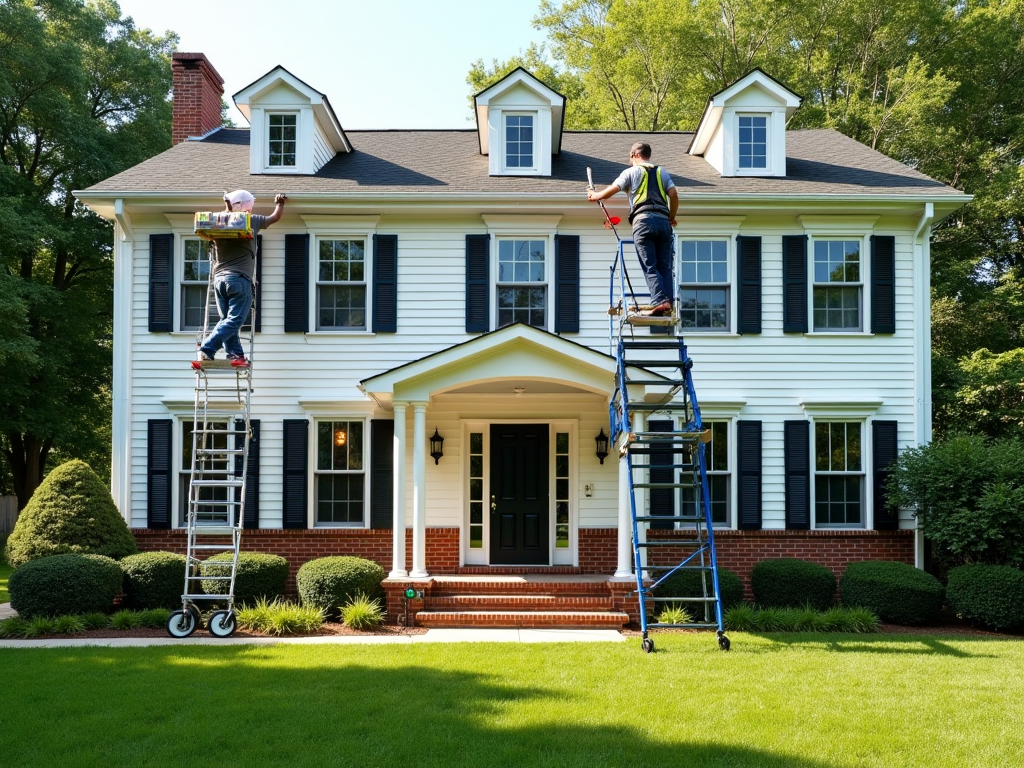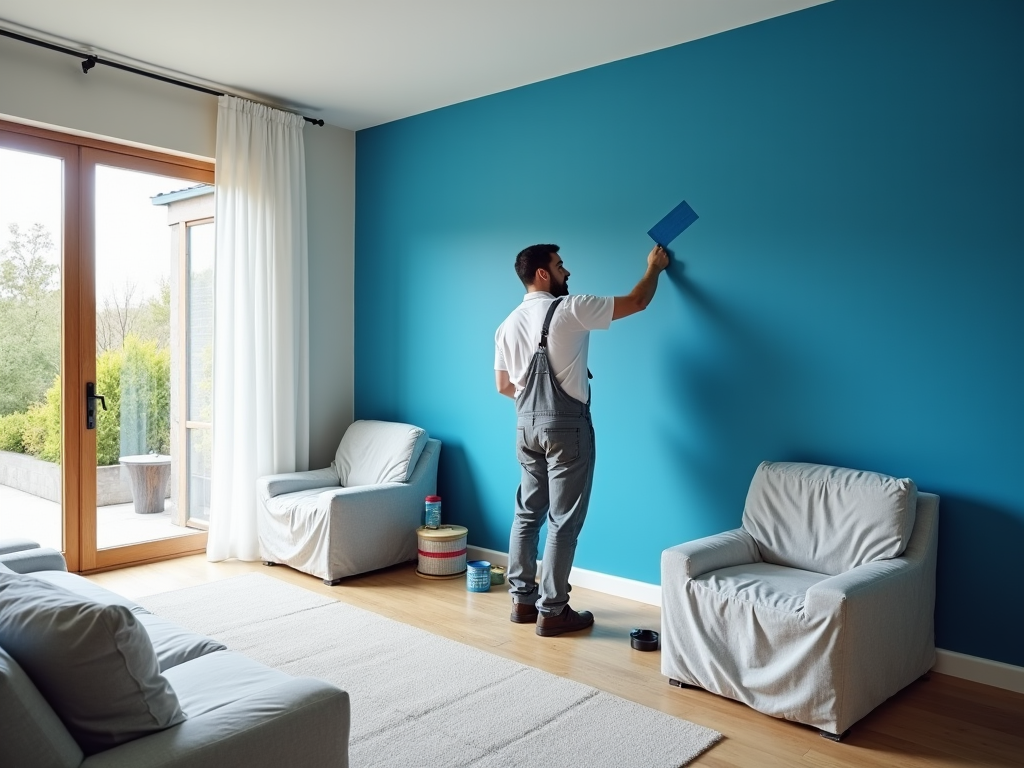Painting a room or an entire house can transform your living space, but understanding the costs involved is essential before diving into such a project. From considering the size of the area to selecting the right type of paint, there are multiple factors that influence the overall cost. In this guide, we’ll explore the various elements affecting painting costs, helping you budget effectively whether you’re updating a single room or your entire home.
Factors Influencing Painting Costs

Several factors play a pivotal role in determining the cost of painting. The most apparent factor is the size of the area to be painted. Naturally, larger spaces will require more paint and labor, increasing the overall cost. Additionally, the quality and type of paint chosen can significantly impact expenses. Premium paints often provide better coverage and durability but come at a higher price.
Furthermore, the condition of the surfaces being painted is crucial. If walls require extensive preparation, such as patching holes or sanding, the labor costs will increase. The complexity of the project’s design can also influence the cost. Intricate patterns or multi-color designs may necessitate more labor and materials. When budgeting, consider whether you’ll need any additional services, such as trim painting or ceiling work.
Cost Breakdown: Painting a Single Room

When it comes to painting a single room, the costs are relatively straightforward but vary depending on specific details. On average, the cost to paint a room ranges between $300 and $800. Here’s a breakdown of what contributes to these costs:
- Paint and Supplies: This includes the cost of paint, brushes, rollers, tape, and drop cloths. The quality and brand of paint can cause significant price variations.
- Labor: If you hire a professional, labor can be a substantial part of the cost. Professional painters may charge by the hour or by the square foot.
- Preparation Work: This may involve cleaning, sanding, and priming surfaces, which can add to the labor costs.
Opting for a DIY approach can reduce labor costs, but you’ll still need to invest in quality paint and tools for a professional-looking finish.
Painting an entire house is a larger, more complex project that typically costs more than painting a single room. On average, homeowners can spend between $2,000 and $8,000, although this can vary widely based on the size of the house and other factors. Here’s a more detailed look at the costs involved:
- Interior vs Exterior: Painting the interior of a house may be less expensive than the exterior due to exposure to weather conditions and different preparation requirements.
- Size and Layout: Larger homes with complex layouts or high ceilings will require more materials and time to paint.
- Additional Costs: Extra features like decorative moldings, trims, and specialized finishes will increase costs.
For a more precise estimate, consider consulting with professional painters who can assess your specific needs and provide a detailed quote.
DIY vs Professional Painting: Cost Considerations
Choosing between DIY and professional painting can also impact costs significantly. DIY painting can be more affordable, as you eliminate labor costs, but it requires time, effort, and some skill to achieve a professional finish. Additionally, investing in high-quality tools and materials is essential for a successful DIY project.
On the other hand, hiring professionals ensures a quality finish and can save you time and hassle. Professionals bring experience, tools, and insurance that can cover any potential mishaps. However, this comes at a higher financial cost, as labor can constitute a significant portion of the total expenses.
When deciding, consider factors such as your budget, timeline, and confidence in handling a painting project. Professional painters can offer value, especially for large or complex jobs, while DIY may be suitable for smaller, less demanding projects.
Conclusion
Whether you’re painting a single room or your entire house, understanding the factors that influence costs is crucial for proper budgeting. From the size of the area to the choice between DIY and professional help, several elements can impact the overall price. Remember to consider the type and quality of paint, required preparation work, and any additional services needed to achieve the desired outcome.
By evaluating your specific needs and consulting with professionals if necessary, you can make informed decisions that balance quality and cost effectively.
Frequently Asked Questions
- How long does it take to paint a room? The time it takes to paint a room depends on its size and level of detail required. Typically, a professional can complete a standard-sized room in a day.
- Is it cheaper to paint my house myself? DIY painting can be cheaper as you eliminate labor costs, but it requires investing in quality paint and tools. The overall cost-effectiveness depends on your skills and the project’s complexity.
- What type of paint should I use for my exterior house painting? For exterior painting, use high-quality, weather-resistant paint designed specifically for outdoor use to ensure durability against elements.
- How often should I repaint my home? Interior walls generally need repainting every 5-7 years, while exterior painting should be redone every 5-10 years, depending on exposure to weather.
- What can affect the cost of painting a house? Factors include the size of the house, paint type, surface condition, labor costs, and any additional services or details required.
